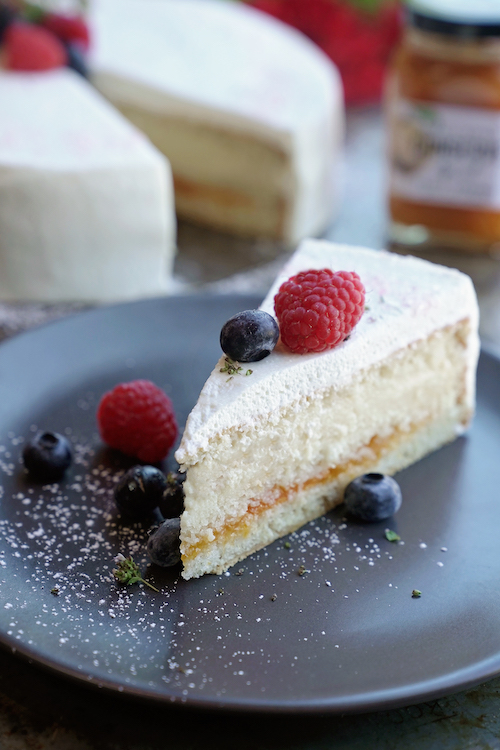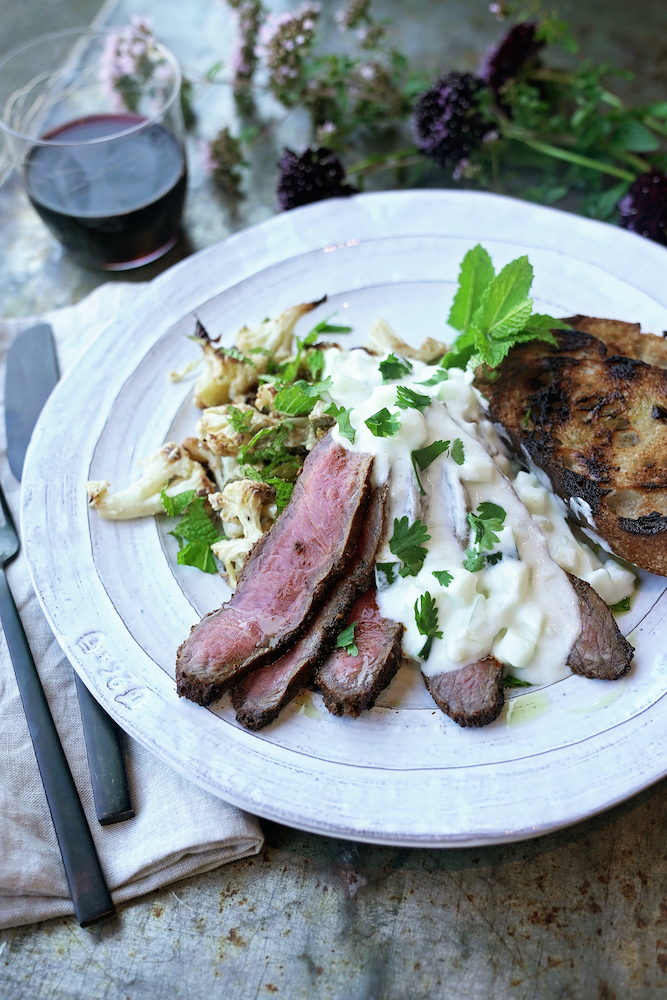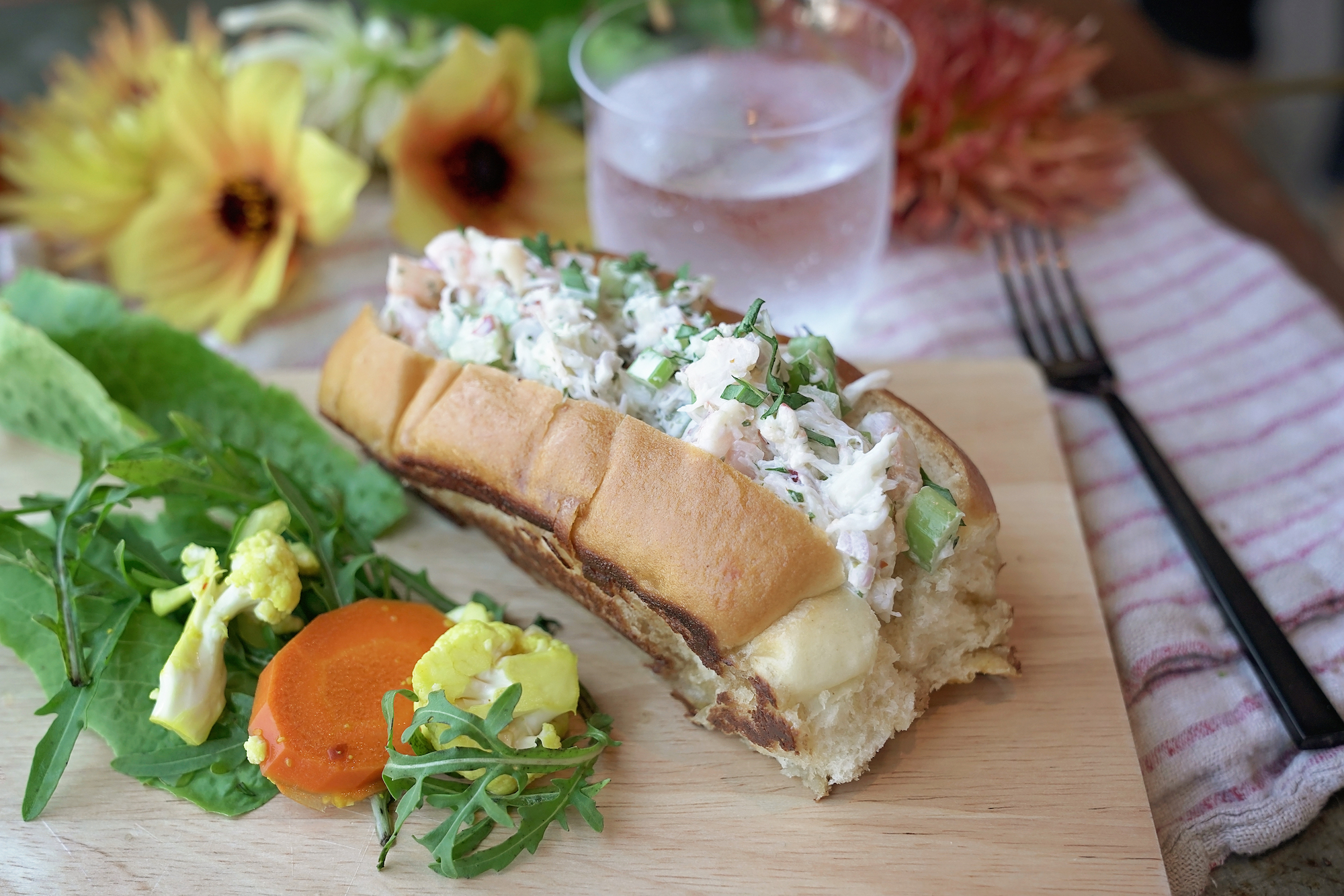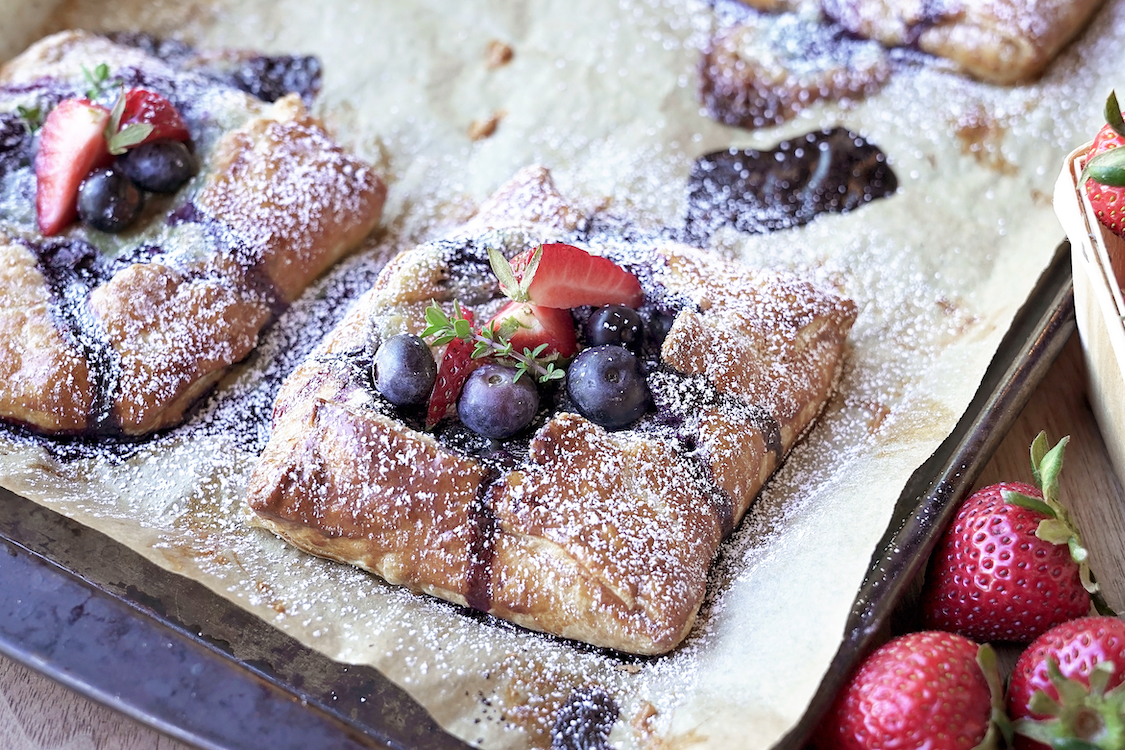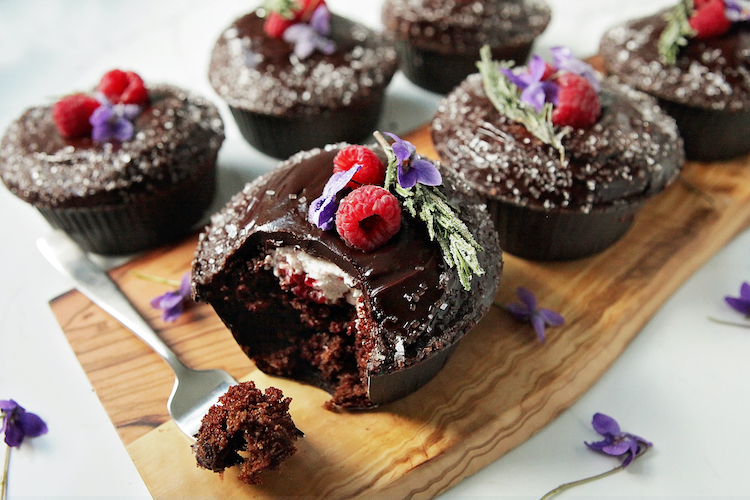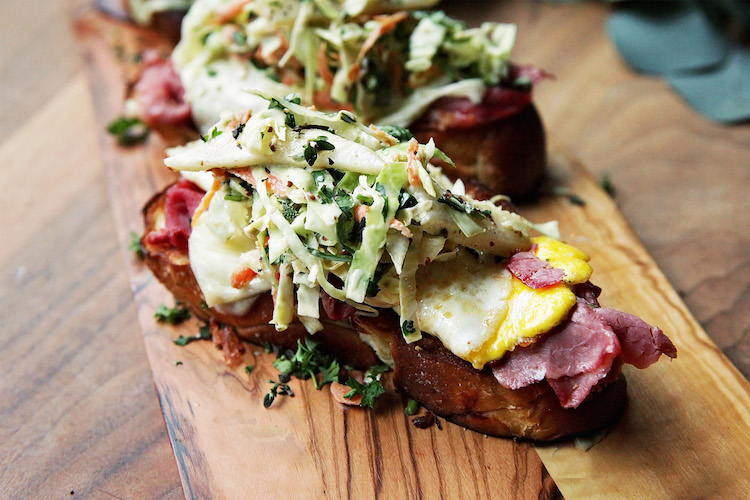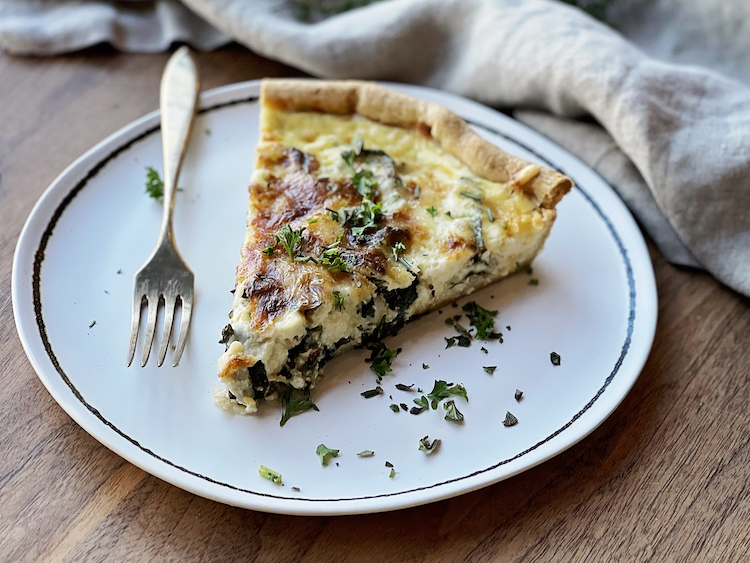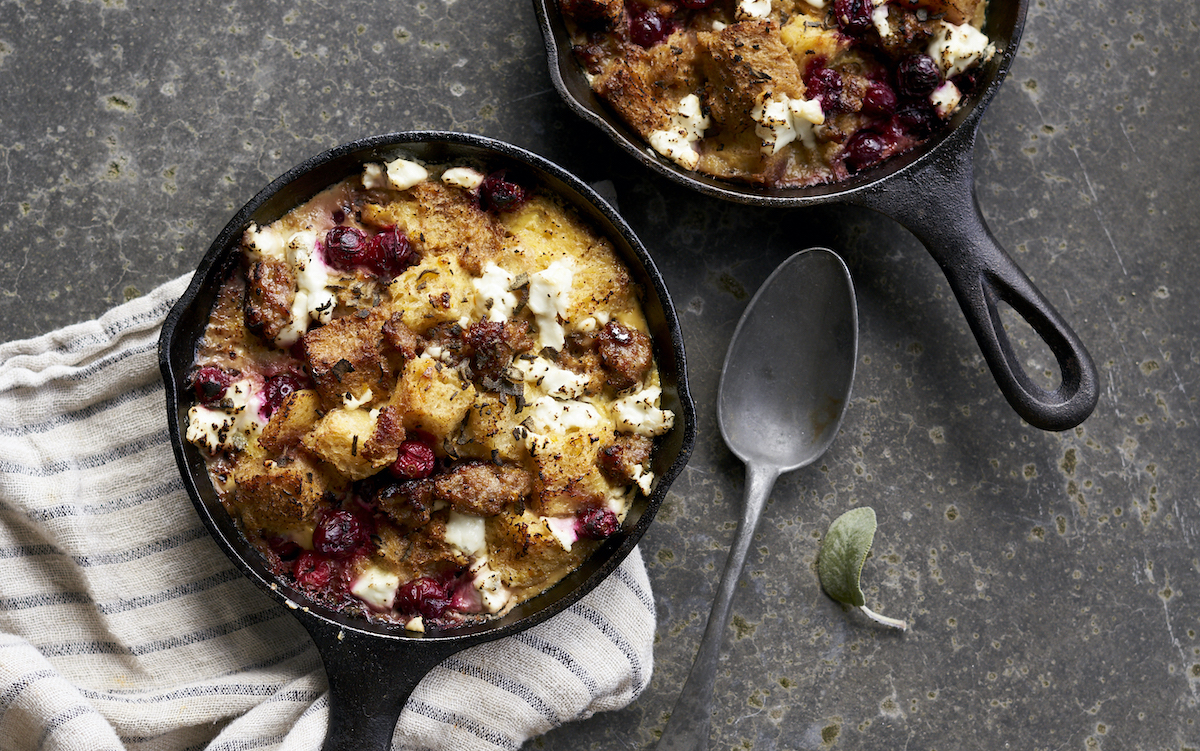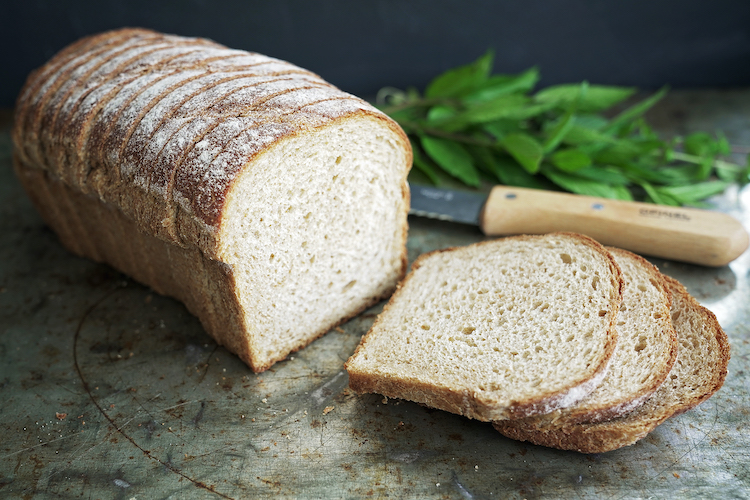 A good go-to crisp recipe can be a savior when company is coming and you’re short on time, or on cool fall evenings when you need a comforting treat. This dessert comes together quickly and you can substitute a variety of fruits. You may want to adjust the amount of sugar and lemon juice to suit your preferences. This time of year, we love this combination of apples, pears and cranberries. Cranberries add festive color and their tartness pair well with sweet apples. We have a bounty of pears and apples in the Pacific Northwest, and for or this recipe, you can choose your favorites or use what’s available at your local market. The recipe calls for Granny Smith’s and Bartlett pears, but Braeburn, Gala and Honeycrisp apples all work well, as do D’Anjou and Comice pears. When it comes to toppings, whipped cream is always suitable, but vanilla ice cream is even better. Enjoy!
A good go-to crisp recipe can be a savior when company is coming and you’re short on time, or on cool fall evenings when you need a comforting treat. This dessert comes together quickly and you can substitute a variety of fruits. You may want to adjust the amount of sugar and lemon juice to suit your preferences. This time of year, we love this combination of apples, pears and cranberries. Cranberries add festive color and their tartness pair well with sweet apples. We have a bounty of pears and apples in the Pacific Northwest, and for or this recipe, you can choose your favorites or use what’s available at your local market. The recipe calls for Granny Smith’s and Bartlett pears, but Braeburn, Gala and Honeycrisp apples all work well, as do D’Anjou and Comice pears. When it comes to toppings, whipped cream is always suitable, but vanilla ice cream is even better. Enjoy!

Makes one 9-inch square crisp
FILLING
2 Granny Smith apples, peeled, cored and sliced into ½-inch wedges
2 Bartlett pears, peeled, cored and sliced into ½-inch wedges
2 cups fresh cranberries
1 Tbsp fresh lemon juice
½ cup whole almonds, coarsely chopped
¾ cup sugar
1 tsp fresh grated ginger
1 tsp cinnamon, ground
¼ tsp nutmeg, ground
¼ tsp cloves, ground
¼ cup cornstarch
ALMOND STREUSEL TOPPING
¾ cup unbleached all-purpose flour
½ cup thick-cut rolled oats
¼ cup sugar
¼ cup whole almonds, coarsely chopped
½ tsp almond extract
½ cup unsalted butter (1 stick), chilled and cut into ½-inch cubes

FILLING
Position a rack in the center of an oven and preheat to 375°F. Lightly brush a 9-inch square ceramic or glass baking dish with canola oil and place it on a rimmed sheet pan. Set aside.
Place the apples, pears, cranberries, lemon juice and almonds in a medium bowl. Toss to combine well.
In a separate bowl, combine the sugar, ginger, cinnamon, nutmeg, clove and cornstarch. Add to the fruit and toss to combine. Pour the fruit mixture into the prepared baking dish.
ALMOND STREUSEL TOPPING
In a stand mixer bowl, add the flour, oats, sugar, almonds and almond extract. With the paddle attachment, combine on slow speed for 1 minute. Add the cubed butter and mix on slow for another 2 to 3 minutes to create a crumbly texture.
Top the filling with the almond streusel and bake for 60 to 70 minutes or until the top is golden brown and the thickened filling is bubbling around the edges. Let cool for 30 minutes and serve warm or at room temperature with whipped cream or your favorite vanilla ice cream.





